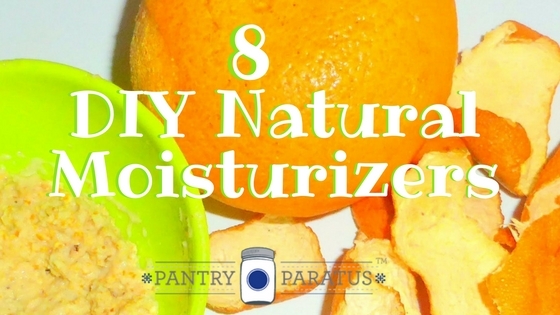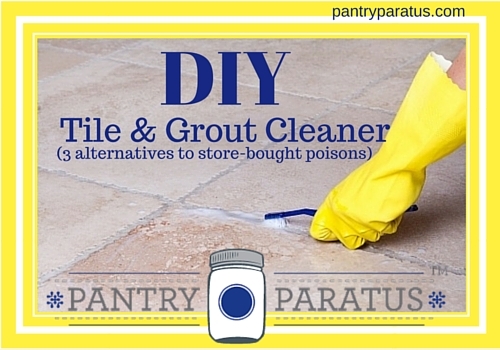(produces about a 1/2 pint of deodorant)
Ingredients:
- 1/3 cup organic/non-GMO corn starch (or other suitable powdery starch such as arrowroot)
- Essential oils “to taste;” I like lavender, lemon, rosemary,peppermint, or cinnamon
- Coconut oil “to consistency”
- 1/8 cup baking soda
Method:
In a small bowl, mix together the baking soda and starch until combined. Add the essential oil(s) by drops, mixing with a fork, until it is to the approximate strength you like. Remember, it will be more diluted once you have added the coconut oil. You can always add more essential oils at the end – it will just be a little harder to mix thoroughly.
Add several tablespoons of coconut oil, and mash and fold into a paste, making sure to mix everything together thoroughly. If it’s too sticky or pasty, add more coconut oil. Optionally, you can melt the coconut oil and add it to your dry ingredients in melted form. This makes it easier to mix; however, the particles of baking soda may drift to the bottom before it solidifies, leaving an uneven product which will require a bit more mixing after setting up.
You can adjust every amount in this recipe – more baking soda, less, none; more starch, no oils. Heck, you can even just use the coconut oil alone, although I can say from experience it is not as effective.
I tend to use less baking soda and more starch, as my skin is very delicate, and too much baking soda abrades.
I like to put mine into a pretty jar with a wide mouth to make it easier to get out.
It honestly is Just That Easy. It’s also cheaper, healthier and (in my opinion) smells better than commercial deodorants.
Homemade Deodorant Application:
Some folks like to stuff their new deodorant into used, empty stick deodorant containers. That works great until the bathroom gets hotter than 76 degrees and it melts and gets messy. Also, I don’t want any residual toxins left in the container. A jar works great for how I use it.
I simply scoop out a small amount, say 1/4 to 1/2 teaspoon per pit, and rub it into my skin. Depending upon how hard I’m working, I may have fairly stinky pits by the end of the day (we’re all friends here now, right?) To mitigate this, I also apply a thin layer of starch on top of the coconut oil deodorant, which not only helps to absorb moisture, but also helps to control odor.


